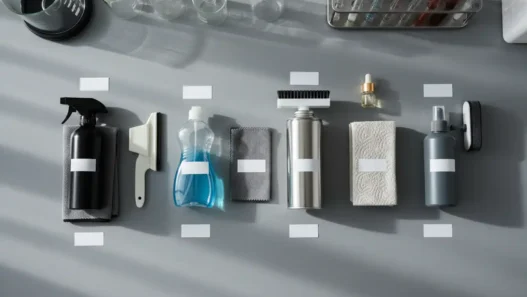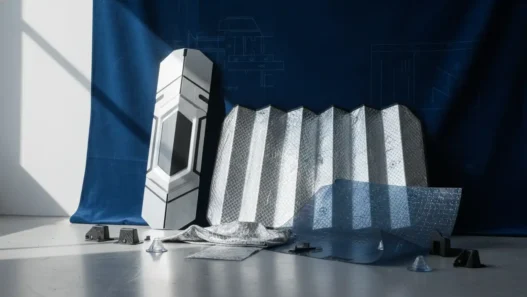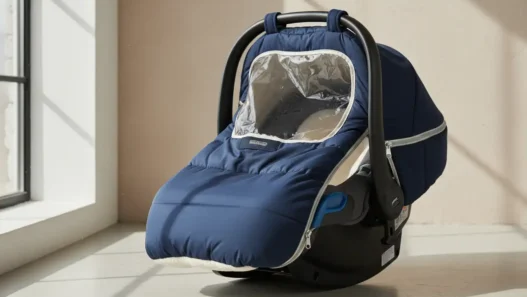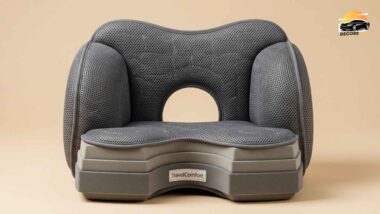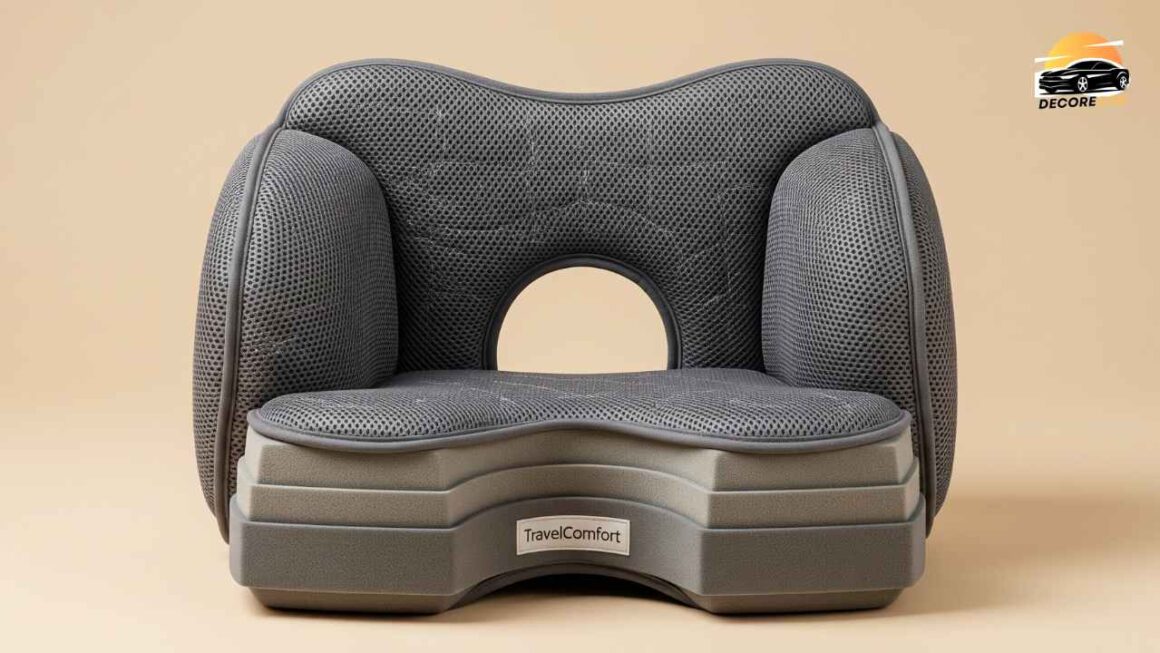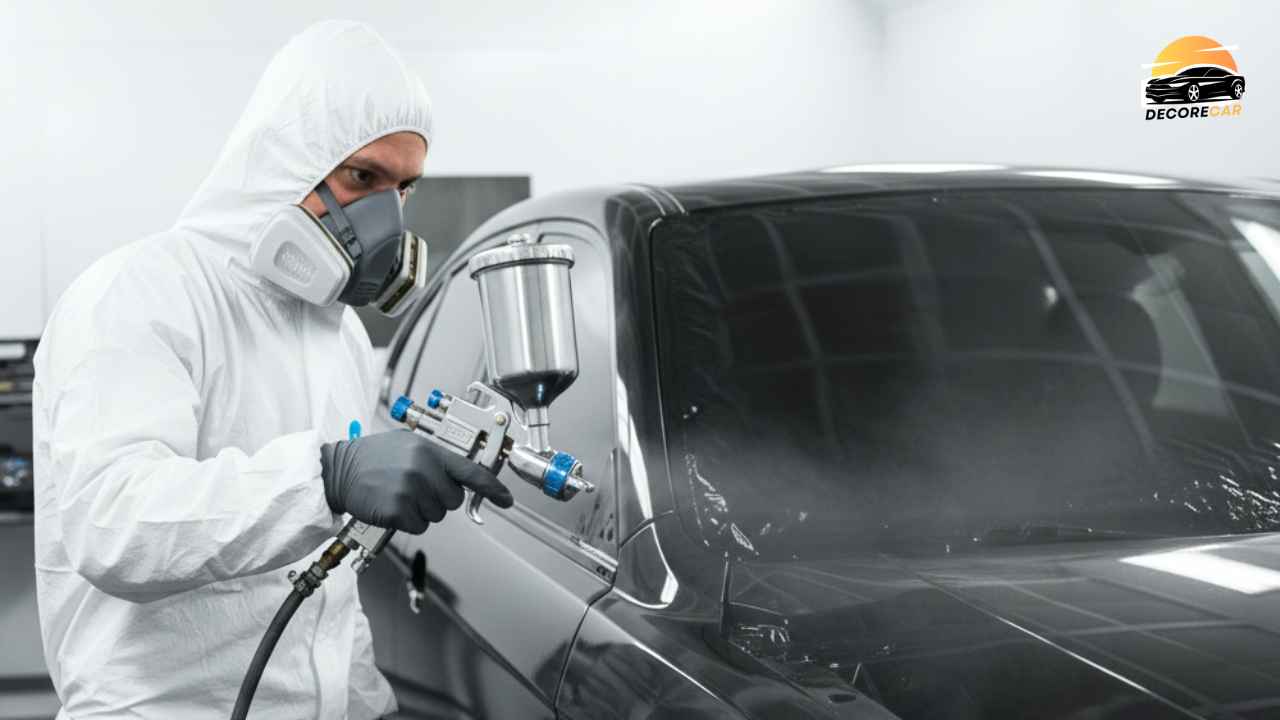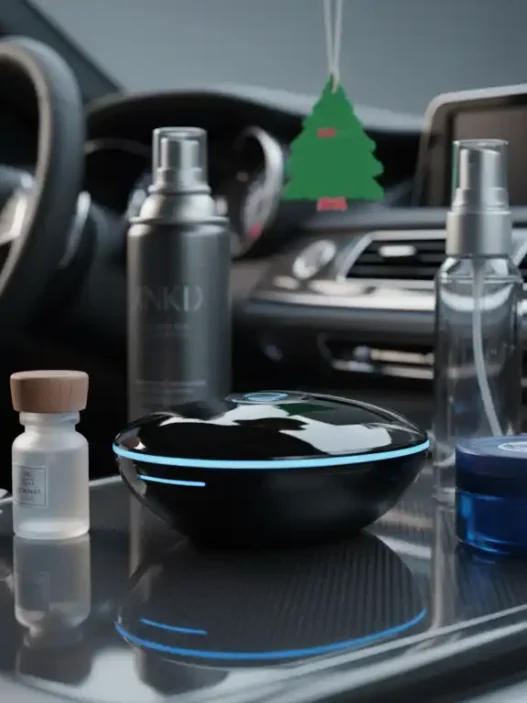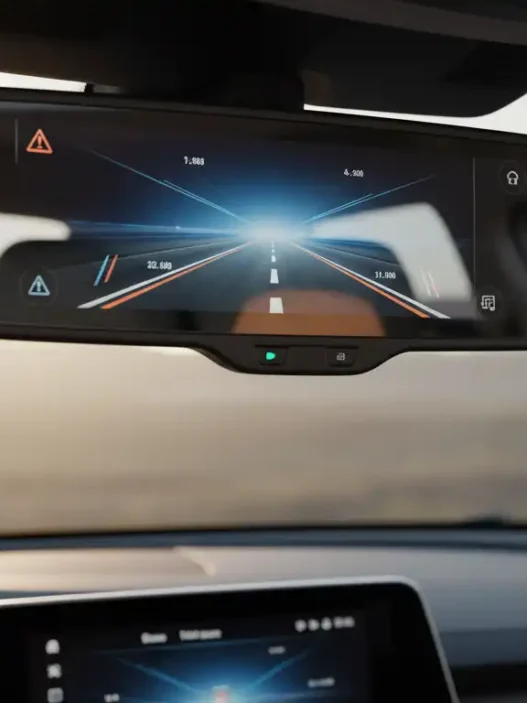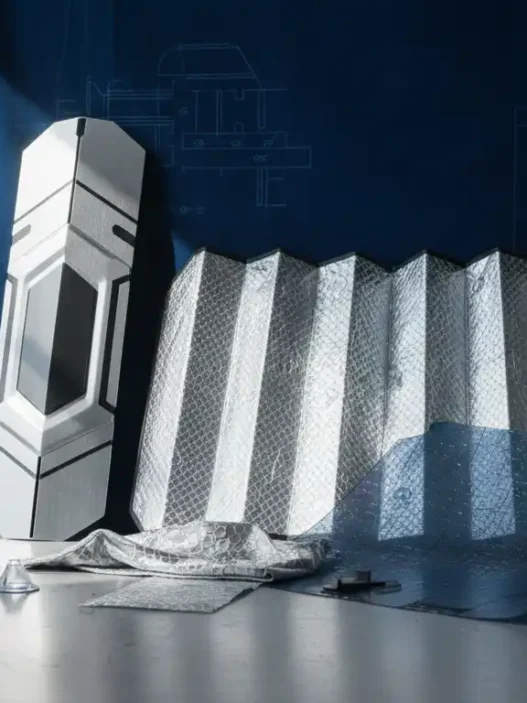According to the National Highway Traffic Safety Administration, the average U.S. commuter spends over 55 minutes behind the wheel every day. Stretch that across months—or years, and you quickly realize why discomfort and lower back strain are among the top complaints of frequent drivers. Long-distance trips amplify this pain point. Choosing the best car seat cushion for long-distance driving isn’t just about comfort; it’s about posture, blood flow, and avoiding fatigue-related mistakes that could turn into real safety issues.
The problem? The market is flooded with cheap foam slabs and overhyped “ergonomic” products that collapse after a few rides. Whether you’re a rideshare driver racking up hundreds of miles a week, a parent hauling kids cross-state, or a road-tripper burning entire weekends on the highway, selecting the right cushion is less luxury and more necessity.
The Data
Sources suggest that about 50% of American adults report lower back pain at some point in their lives, and long spells in the driver’s seat rank as a common trigger. A 2023 market report also revealed that the global car comfort accessories industry is projected to reach $45 billion by 2030, with seat cushions being one of the fastest-growing categories. Combine that with the fact that fatigued driving is tied to nearly 100,000 crashes annually (NHTSA data), and the case for thoughtful seat support is obvious.
According to NHTSA, drowsy driving was linked to over 600 U.S. fatalities in 2020.
Market research also indicates the global automotive comfort seating market is projected to exceed $100 billion by 2027. This isn’t surprising—drivers increasingly prioritize ergonomics.
Some sources suggest that over half of rideshare drivers report back pain during or after shifts, underscoring the demand for better seating solutions.
The People
“A lot of folks underestimate the hours they sit driving for work,” an Uber driver told us after 6 years behind the wheel. “The first cushion I bought flattened in two weeks. Once I upgraded to a memory foam hybrid, my hip pain disappeared.” Similarly, a car audio installer we spoke with mentioned that customers end up replacing not just poor cushions, but also factory seat padding that wears out too fast.
The Fallout
Ignore the problem, and the consequences go beyond sore hips. A bad cushion can misalign posture, shifting pressure onto the spine and sciatic nerves. Some products even slide around, forcing micro-adjustments that distract you while driving. Over time, small discomforts lead to lower stamina behind the wheel, numbness in the legs, or even making a long trip feel unsafe.
Best Car Seat Cushions for Long Distance Driving in 2026
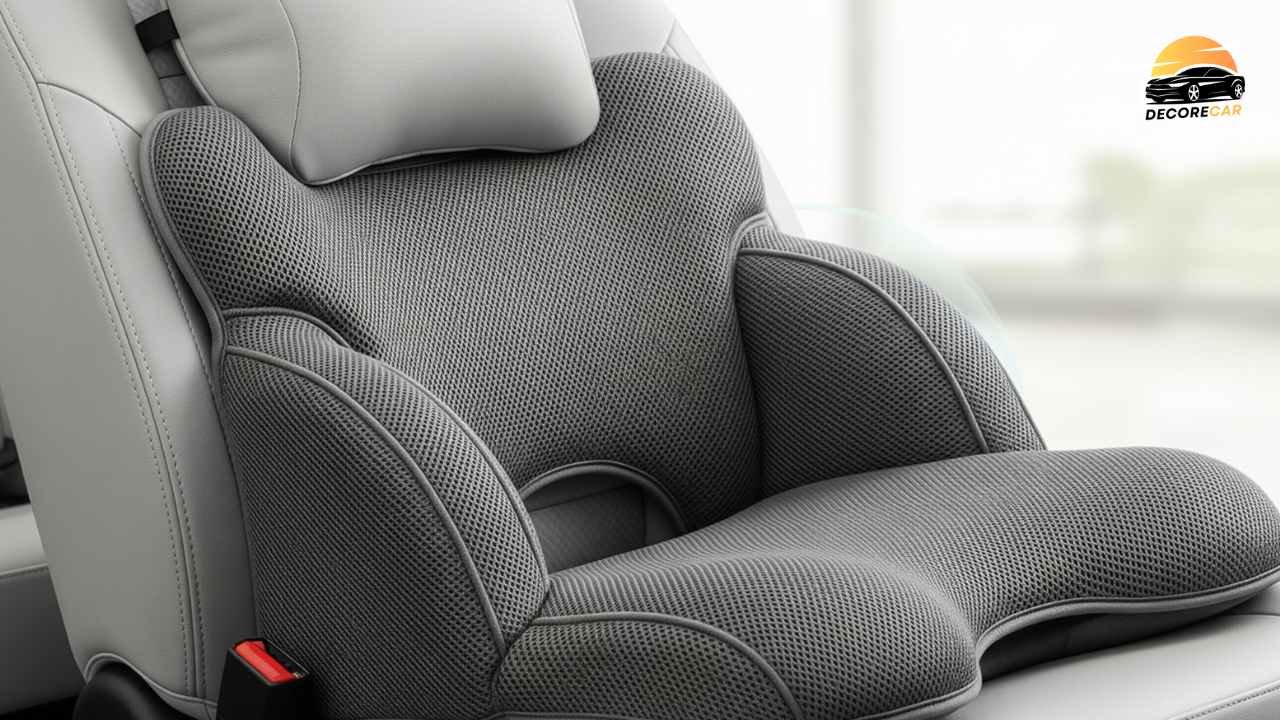
1. ComfiLife Premium Gel & Memory Foam Seat Cushion
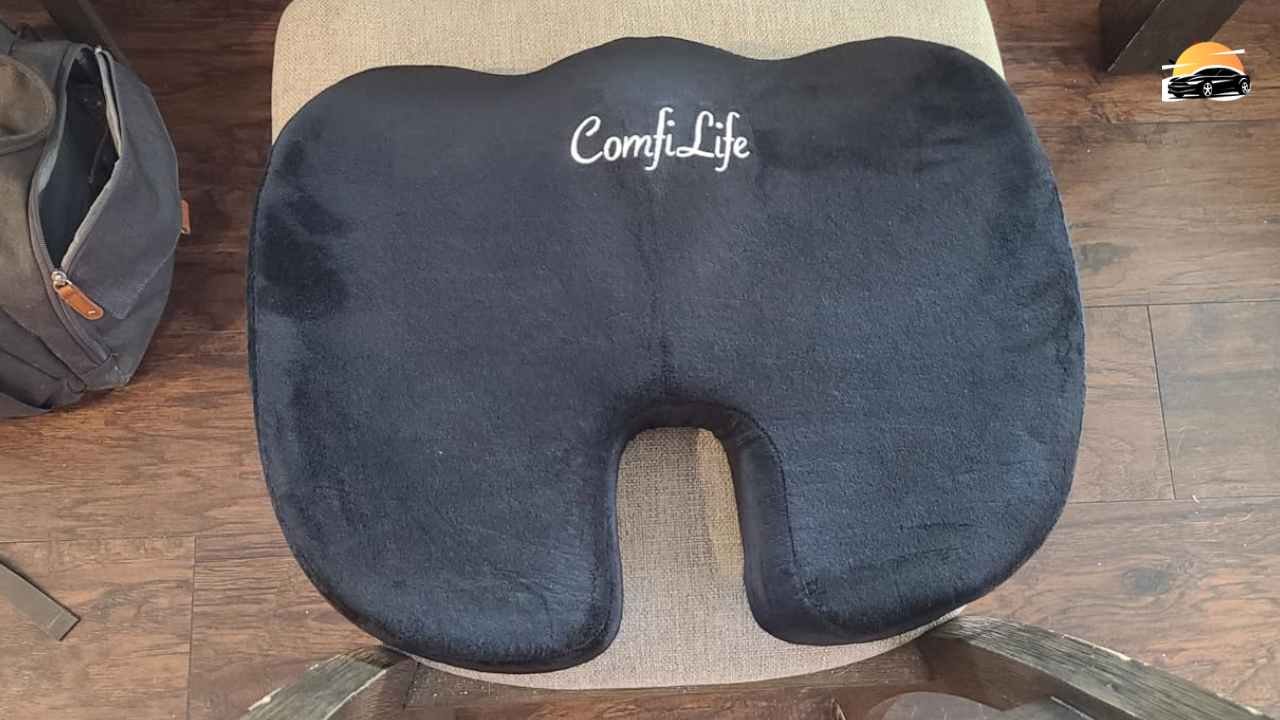
Product Details:
Hybrid gel-and-memory-foam construction
U-shaped design for coccyx (tailbone) relief
Portable with a built-in carrying handle
Pros:
Gel layer dissipates heat better than pure foam
Supportive without being rock hard
Removable, machine-washable cover
Lightweight and travel-friendly
Cons:
Gel feels stiff in cold weather
Tends to slide on leather car seats
May not fit wide SUV seats perfectly
Why You Might Choose This:
Ideal if you’re a commuter who hates cushions that trap body heat. It’s versatile enough for office or car use, but shines for drivers battling tailbone soreness during two-hour-plus stretches.
2. Everlasting Comfort Memory Foam Seat Cushion
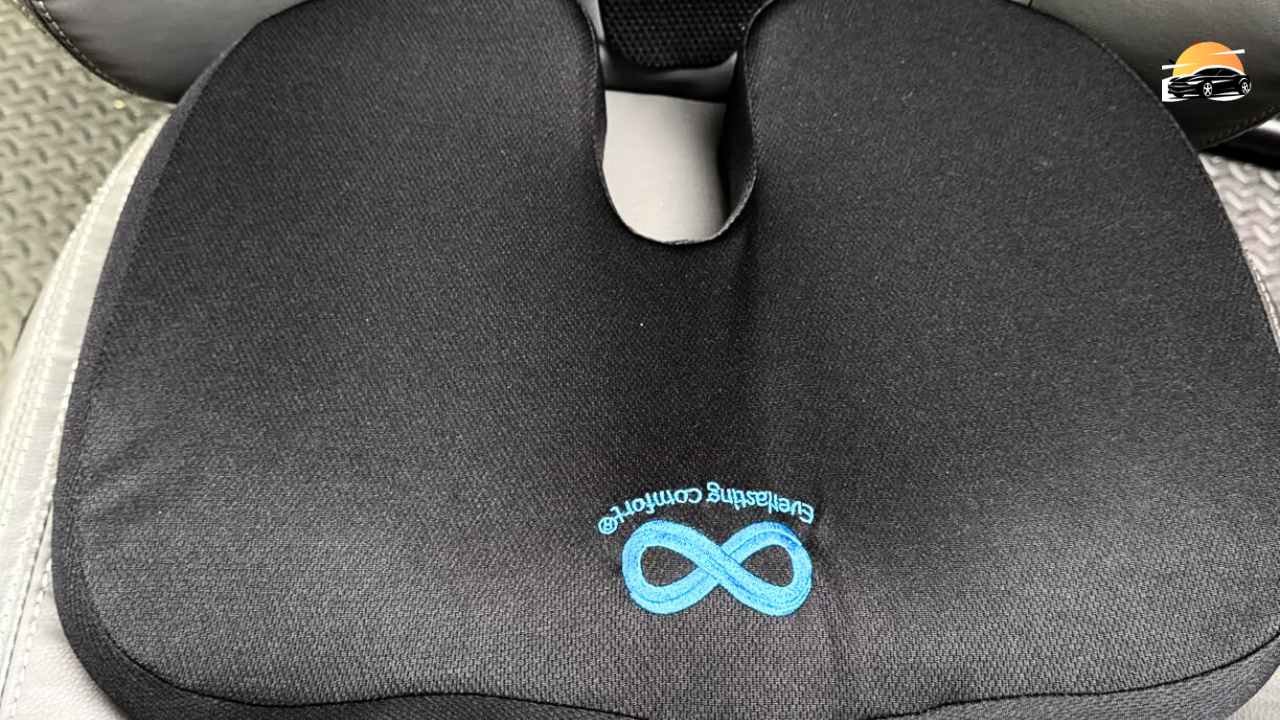
Product Details:
100% pure memory foam
U-shaped orthopedic cutout for coccyx pressure relief
Heat-responsive foam contouring
Pros:
Plush comfort, especially for softer ride vehicles
Retains shape longer than cheap foam options
The non-slip rubber base is effective
Easy to use across different seat types
Cons:
Runs warm in summer
Foam feels too soft for heavier drivers
The cover zipper is prone to snagging
Why You Might Choose This:
Best for those looking for immediate “plush” comfort rather than firm orthopedic correction. A popular Amazon pick, but more suited to weekend road trips than daily 200-mile journeys.
3. C CUSHION LAB Patented Pressure Relief Seat Cushion
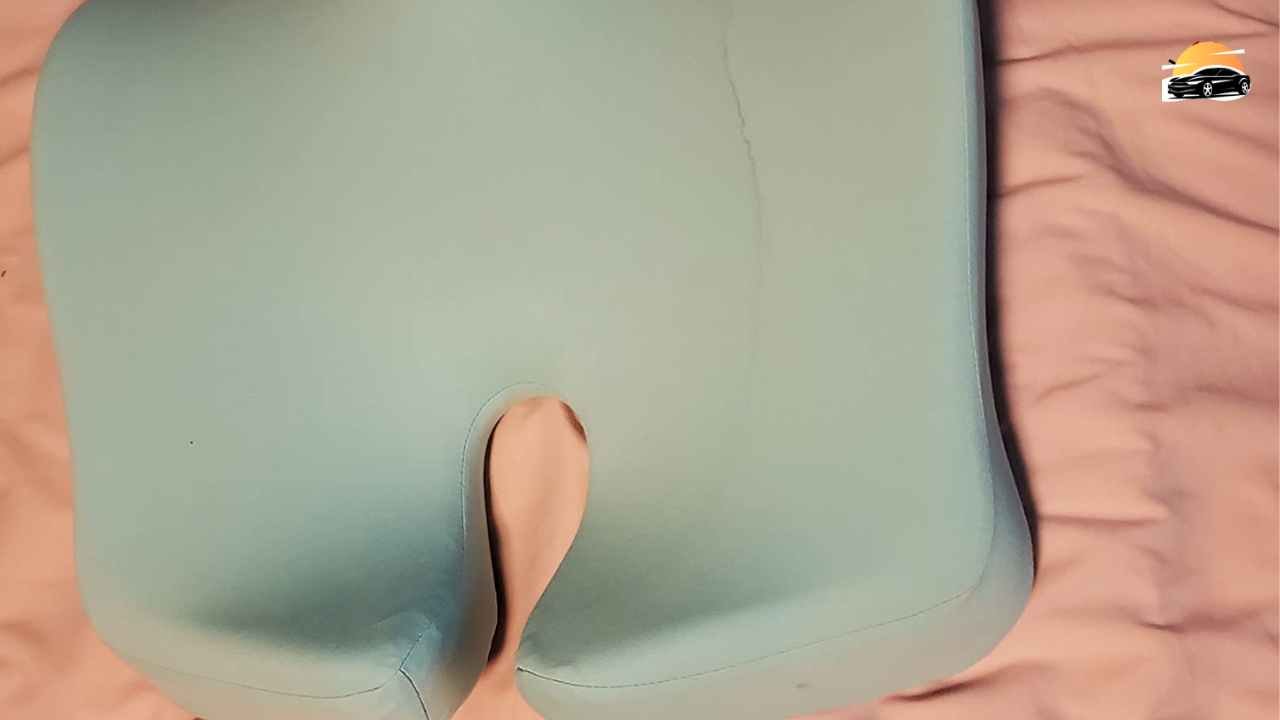
Product Details:
Patented hyperfoam material engineered for spinal alignment
Ergonomic contouring for hips, thighs, and tailbone
Designed for long sitting hours
Pros:
Impressive contouring that redistributes weight evenly
Firm support without collapsing
Fabric cover breathes well
Modern, low-profile look
Cons:
The price is higher than generic brands
Takes a week to “break in”
A bit bulky for compact car seats
Why You Might Choose This:
If you treat driving like your office chair on wheels, this is the “serious investment” option. It’s not the cheapest pick, but the structured support makes longer shifts or city-to-city drives much more bearable.
4. 5 STARS UNITED Seat Cushion for Tailbone Pain Relief
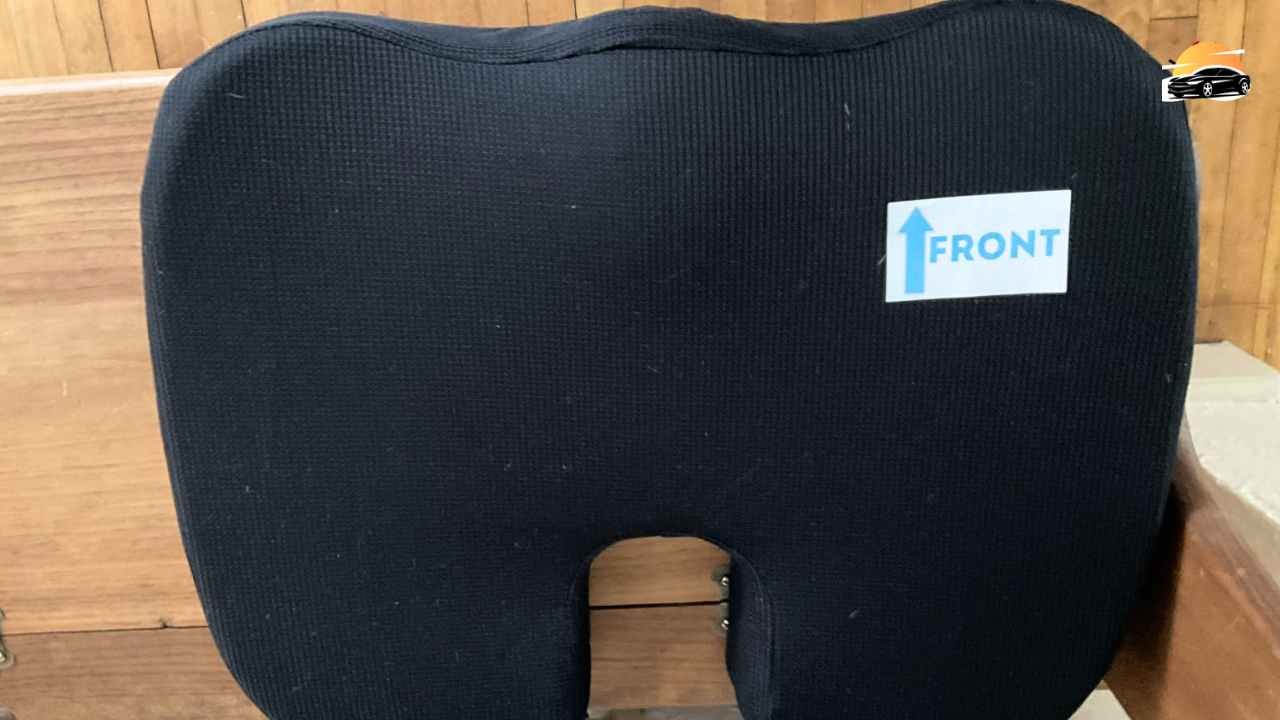
Product Details:
Memory foam with ergonomic cutout
Primarily marketed for tailbone/coccyx pain relief
Compact and portable
Pros:
One of the most affordable name-brand cushions
Lightweight and easy to transfer to different vehicles
Maintains decent firmness despite the price
Washable and quick-drying cover
Cons:
Not as durable over the years
Limited support for heavier drivers
Cushion height may feel awkward in lower sedans
Why You Might Choose This:
Budget-friendly option for first-timers skeptical about seat cushions. If you’re just starting to notice discomfort on 1–2 hour rides, this is a low-risk trial cushion.
5. Angel Ride Extra Thick, Ultra-Comfy Edition Auto Cushion w/Memory Foam
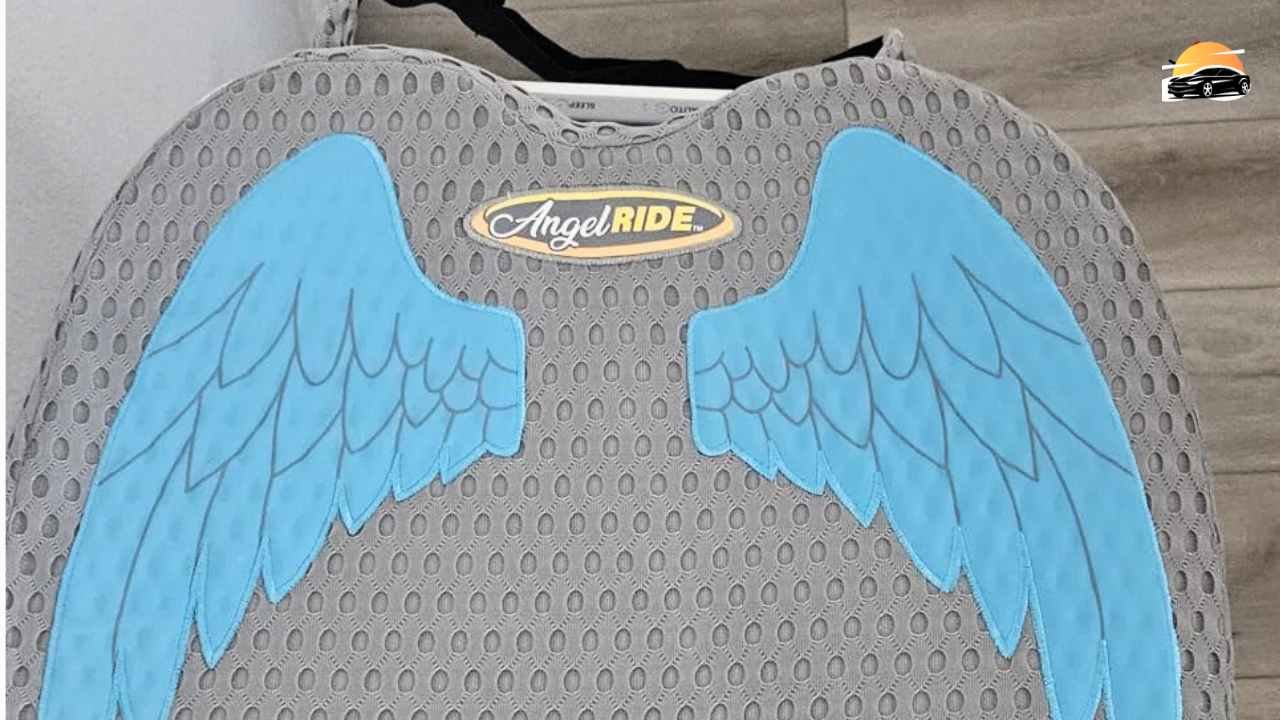
Product Details:
Extra-thick memory foam—emphasis on plush comfort
Wide cut suitable for larger seats and SUVs
Removable velour cover
Pros:
Thick padding is great for older vehicles with worn-out seats
Larger surface area reduces edge pressure points
Cover feels softer than typical polyester blends
Good fit for road trip vans and RVs
Cons:
Too tall for shorter drivers—can affect mirror angles
Thick design sacrifices breathability
Foam loses firmness quickly under heavy use
Why You Might Choose This:
Perfect for RV owners or long-haul drivers whose factory seats feel completely flattened. The thickness makes a huge difference in ride comfort, though shorter drivers may feel perched too high.
Closing Thought
Drivers now treat their vehicles more like rolling workstations, with accessories ranging from wireless charging phone holders to orthopedic cushions. But as carmakers slowly roll out built-in comfort technologies, a fair question remains: will standalone seat cushions still matter in ten years—or will they become another relic of the aftermarket accessory boom?


